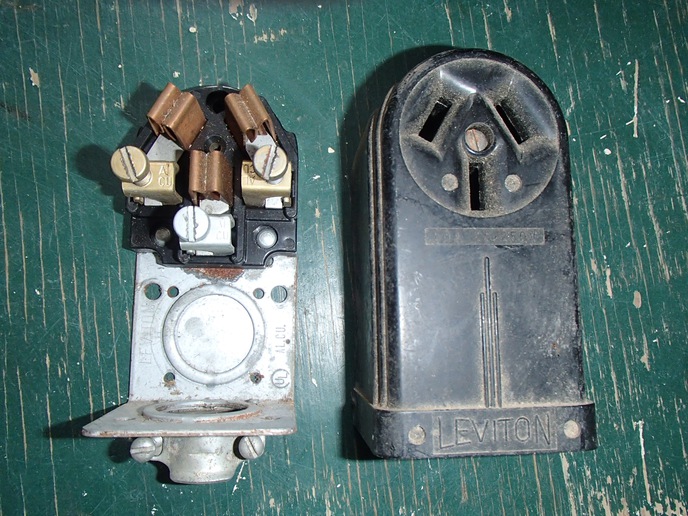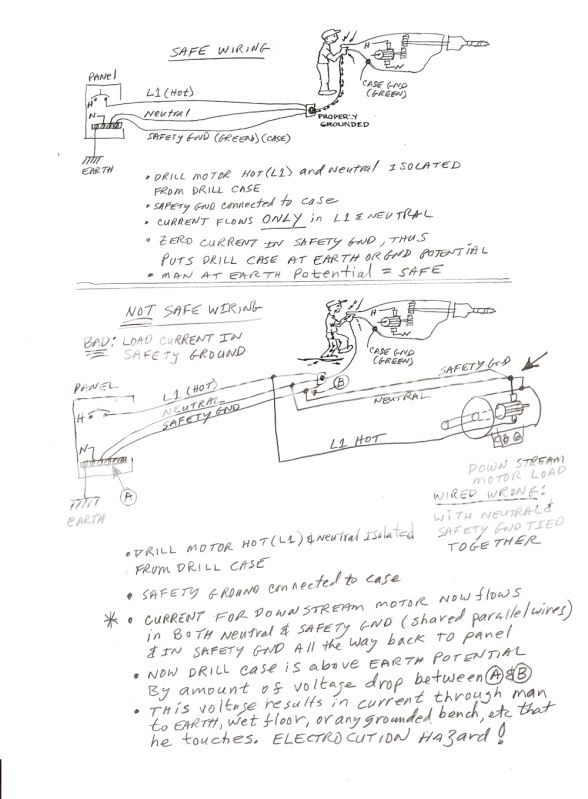Zachary Hoyt
Well-known Member
I am hoping that someone wise will be able to tell me what I need to do to run a wire about 80 feet indoors to the new building to run a stick 'tombstone' welder out there. I got the 110 wiring done in December and that was no problem. The welder hookup is something new for me and I want to find out how to do it right so I don't tick off the electrons and cause a riot in there. I have four of these plugs that I got in a box lot at an auction at some point. They are marked 50 amp and look like they would fit the welder plug. They only have 3 connectors, so I am wondering if all I need is to run a 6/2 with ground cable like the one in the link on eBay out there and hook them up, the top two to the breaker poles and the bottom one to the neutral bar. If I need to I can buy 6/3 but I would rather save the money if I don't have a job for that fourth wire. Any advice will be much appreciated.
Zach

6/2 with ground 100
Zach

6/2 with ground 100


